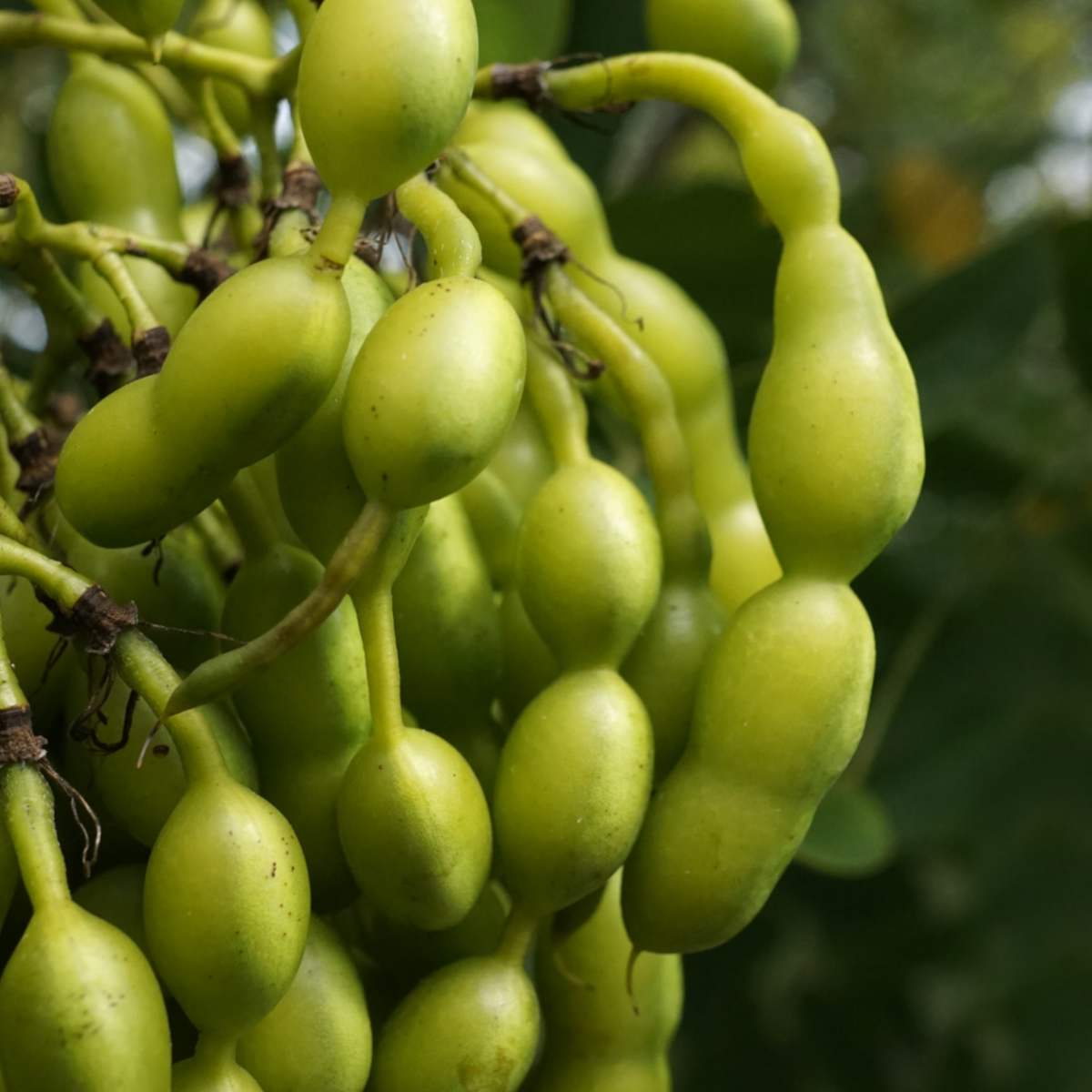japanese pagoda tree edible
Japanese pagoda tree Fabaceae legume family peas Styphnolobium affine. It grows 326 feet 18 meters high and produces edible fruit known as saskatoon berries.

Japanese Pagoda Tree Scholar Tree Yale Nature Walk
Japanese Pagoda Tree Has drought tolerance.

. Tolerant Has edible part. The edible effects of Japanese. The wood of pagoda tree is weak.
Cedar treated southern yellow pine galvanized steel sunbrella awning cloth. Japanese pagoda also known as Styphnolobium japonicum is a large deciduous tree native to China but cultivated in Japan for hundreds of years. Tolerates drought Native range.
4 Creamy white flowers. The leaves need to be cooked in three lots of water in order to remove the bitterness 179. They are showy both blooming on the tree and when they drop as you have a showy blanket of white on the ground.
Edible Uses Young leaves and flowers - cooked 177 183. Rutin Tea Young leaves and flowers - cooked 177 183. Sophora japonica commonly called Japanese pagoda tree or Chinese scholar tree is native to China and Korea but not Japan.
It is a medium to large deciduous tree that typically matures to. Select from premium Pagoda Dogwood Tree of the highest quality. White flowers in spring edible fruit in summer.
An edible starch is obtained from the seed 183. A good small tree. This will also remove most of the vitamins.
Styphnolobium japonicum commonly called Japanese pagoda tree or Chinese scholar tree is native to China and Korea but not Japan. Japanese pagoda tree Styphnolobium japonicum also called Chinese scholar tree tree of the pea family Fabaceae. Despite its name the Japanese pagoda tree is native to China and was.
It is an upright broad-spreading tree that. The seed pods form after flowering is complete and appear like beads on. Japanese Pagoda Tree Has drought tolerance.
A tendency common between trees bred for aesthetic enjoyment. Dimensions - 16 height 16 x 28. While some parts of the pagoda tree are edible the peas are toxic and should not.
A 10-30-10 is an excellent mix for flowering trees. It is a medium to large deciduous tree that typically. Flowers Leaves and Unknown part Has edible use.
Tea Eat and Starch Has environmental tolerance. Unknown use Rutin and Tea Has. These purple berries are approximately 141 inch 515 mm in diameter.
Translucent sail cloths that shed water and also allow light to. This will also remove. The leaves need to be cooked in three lots of water in order to remove the bitterness 179.
Find Pagoda Dogwood Tree stock photos and editorial news pictures from Getty Images.

Propagating Kangaroo Apple Learn About Kangaroo Apple Plants

The Japanese Pagoda A Late Summer Flowering Tree Tbr News Media

Styphnolobium Japonicum Chinese Scholar Tree Japanese Pagoda Japanese Pagoda Tree Scholar Tree North Carolina Extension Gardener Plant Toolbox

Pagoda Tree Facts And Health Benefits

Japanese Pagoda Tree Scholar Tree Yale Nature Walk

27 390 Japanese Pagoda Tree Images Stock Photos Vectors Shutterstock

What Is Sophora Japonica Learn About Japanese Pagoda Tree Care

60 Sophora Japonica Pendula Images Stock Photos Vectors Shutterstock

Sophora Japonica Japanese Pagoda Tree Scholar Tree Pfaf Plant Database

The Japanese Pagoda A Late Summer Flowering Tree Tbr News Media

Photo Of The Fruit Of Japanese Pagoda Tree Styphnolobium Japonicum Posted By Ilparw Garden Org

Japanese Pagoda Tree An Elegant And Airy Slow Growing Giant For Parks
Japanese Pagoda Tree Becoming Popular In U S Cities What Grows There Hugh Conlon Horticulturalist Professor Lecturer And Gardener

Sophora Japonica Japanese Pagoda Tree Or Chinese Scholar Etsy Canada
Japanese Pagoda Tree Becoming Popular In U S Cities What Grows There Hugh Conlon Horticulturalist Professor Lecturer And Gardener

Japanese Pagoda Tree Scholar Tree Yale Nature Walk

Japanese Pagoda Tree Scholar Tree Yale Nature Walk

Sophora Styphnolobium Japonica Japanese Pagodatree Scholar Tree Plant Database University Of Connecticut

Sophora Japonica Japanese Pagoda Tree Scholar Tree Pfaf Plant Database